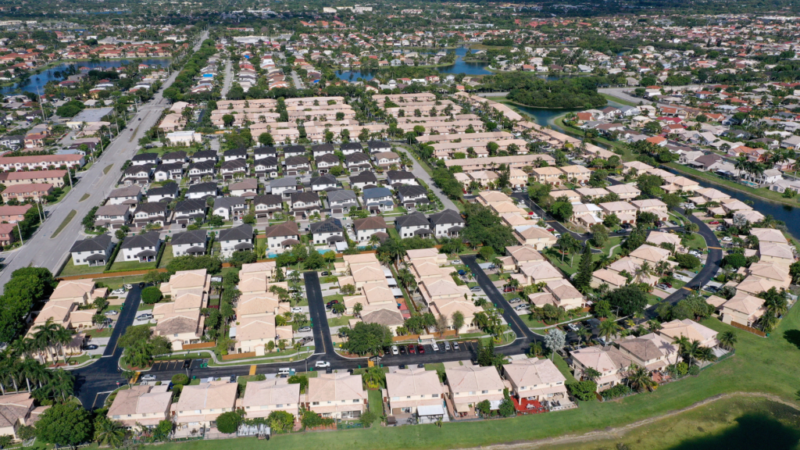Sales of existing homes in November fell 7.7% to a seasonally adjusted annual rate of 4.09M, according to data released Wednesday by the National Association of Realtors
Existing-home sales dropped for the tenth-consecutive month in November, according to data released Wednesday by the National Association of Realtors.
Sales of existing homes in November fell to a seasonally adjusted annual rate of 4.09 million, a 7.7 percent drop from October and a 35.4 percent decrease from November of 2021, according to data from NAR.
The rapid rise in mortgage rates essentially brought the housing market to a halt in November as buyers found solace on the sidelines.
“In essence, the residential real estate market was frozen in November, resembling the sales activity seen during the COVID-19 economic lockdowns in 2020,” NAR Chief Economist Lawrence Yun said in a statement. “The principal factor was the rapid increase in mortgage rates, which hurt housing affordability and reduced incentives for homeowners to list their homes. Plus, available housing inventory remains near historic lows.”
The median existing home price for all types of homes was $370,700 in November, a 3.5 percent increase from November 2021 with prices rising in all regions, marking 129 consecutive months of year-over-year price increases, the longest ever streak on record according to the NAR. Properties remained on market an average of 24 days in November, up from 21 days in October and 18 days in November 2021.
First time buyers accounted for 28 percent of sales in November, unchanged from the previous month but up 2 percent from November 2021. 26 percent of transactions were all cash — up from 24 percent in November 2021 — while individual investors and second home buyers made up 14 percent of home sales down from 15 percent in November 2021.
While mortgage rates sat above 7 percent at times during November, they’ve since retreated to slightly above 6 percent, though the holiday season has dampened buyer activity. Some experts have predicted a continued drop in mortgage rates, culminating in a market resembling a normal one in the latter half of 2023.
The overall narrative in 2022 was one of a strong first half and a much slower, rebalancing second half,” Nada Navab, president of U.S. regional operations at Compass said in a statement. “In 2023, we may see the reverse: A somewhat challenging first half that gives way to what could be a surprisingly strong second half as affordability improves, inventory grows and buyers, sellers and their agents all adjust to a more balanced, healthy and sustainable market.”
Source: inman.com













